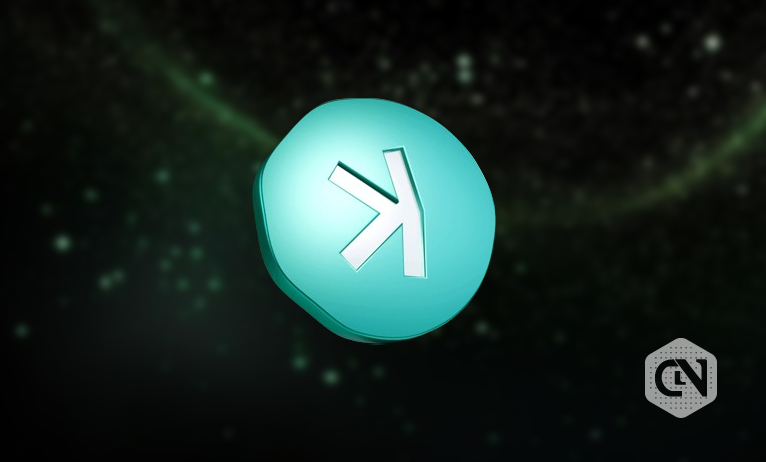Kaspa Network Introduces Rusty Kaspa Node
Kaspa network has unveiled the initial stable Rusty Kaspa (RK) node, marking a significant step towards enhancing and optimizing the network’s engine.
Currently in the open beta phase, RK nodes make up a quarter of the P2P network and account for 29% of the total hashrate mined across the network.
Key Advancements with RK
The transition to RK is crucial for driving key network improvements, such as accelerating the mainnet to 10 BP, scaling to DagKnight, supporting smart contract opcodes, and more. This move offers immediate benefits to node managers, including consistent storage, fast syncing, and an rPC software stack.
The company is focused on a gradual and methodical approach, with additional nodes gradually migrating to RK. It provides comprehensive guidance on scaling, tailored to specific user cases such as rust open beta participants, galang node managers, galang archive node managers, mining pools and exchanges, wallet builders, and casual users.
CLI Features and Software Stack
The RK node features a CLI interface similar to golang nodes. CLI enhancements include RPC defaults set to localhost, default UPnP support, configuration file format improvements, and customizable RAM cache utilization.
A robust software stack has been built on the RK codebase. This includes the KNG, a desktop service packed with various functionalities integrating the RK P2P node and the ability to connect to the public P2P node framework.
Additionally, the WASM SDK enables the rusty Kaspa infrastructure to operate in the WASM2 environment, facilitating integration with JavaScript and TypeScript. This compatibility allows the RK infrastructure to be utilized in Web3 browsers, Node.js environments, and Chrome browser extensions.
Image/Photo credit: source url





